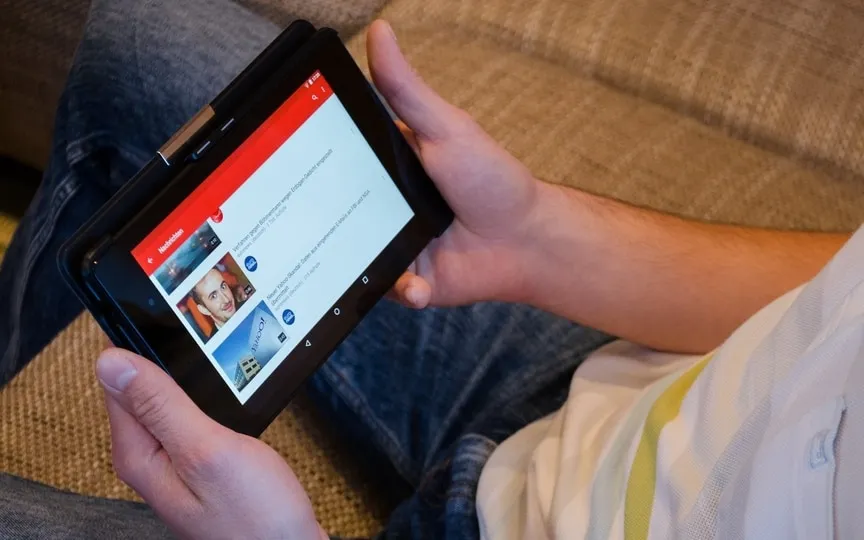YouTube improves accessibility for emergency how-to videos
In an effort to tackle medical misinformation and provide quick access to vital first-aid information, YouTube is undergoing a transformation. Known for its wide range of content, the platform has joined forces with reputable health organizations to prioritize easily available and trustworthy instructional videos on emergency response.
In its latest update, YouTube has introduced first aid information shelves attached to the top of search results. These shelves contain step-by-step videos from accredited sources covering important topics such as CPR, choking, bleeding, heart attack, stroke, seizures, and opioid overdose. A partnership with Mass. General Brigham and the Mexican Red Cross brings this initiative to the United States in both English and Spanish.
YouTube Health, whose mission is to provide high-quality health content worldwide, also includes health tags that identify videos by medical professionals. A crisis resource panel connects users to live support in emergency situations. With these additions, YouTube aims to expand its influence to more countries and languages in the near future.
In addition to first aid shelves, YouTube offers a free 11-video CPR course developed by the American Heart Association. This comprehensive resource allows users to apply hands-only CPR, an important skill in unexpected emergencies.
YouTube recognizes the challenge of content moderation and has addressed concerns by publishing a framework against medical misinformation. This strategic approach includes content that contradicts established health guidelines, particularly in areas such as cancer, coronavirus and reproductive health. The move comes after the platform was criticized during the Covid-19 pandemic for spreading inaccurate information, which led to the removal of numerous offensive videos.
Despite the abatement of the pandemic, the spread of medical misinformation remains a concern. A recent study found misinformation and commercial bias in popular YouTube videos about insomnia and sleep. YouTube’s commitment to combating such misinformation matches its dedication to providing credible and life-saving information.
In short, YouTube’s proactive steps to improve user safety and education represent a significant shift in its content strategy. By prioritizing credible health information and first aid guides, the platform demonstrates its commitment to making a positive impact beyond entertainment.
Also read these top stories:
The worst of CES 2024! The worst gadgets can harm us or our society and planet in such “innovatively bad” ways that they’ve been rated “Worst in Show” by a panel of self-described dystopia experts. This article has some interesting details. Check it out here. If you enjoyed reading this article, please share it with your friends and family.
Trust AI? Not even if your eyes say so! They lie. Technology will only take us so far in dealing with AI-generated photos, of which there will be many.
Find out what we need to be here. If you enjoyed reading this article, please share it with your friends and family.
Founder-CEOs feel the heat! What happened to OpenAI’s Sam Altman, Bumble’s Whitney Herd shows that when profitability becomes a priority for startups, the pendulum swings back from “visionary” to professional. See the shocking transformation here.




